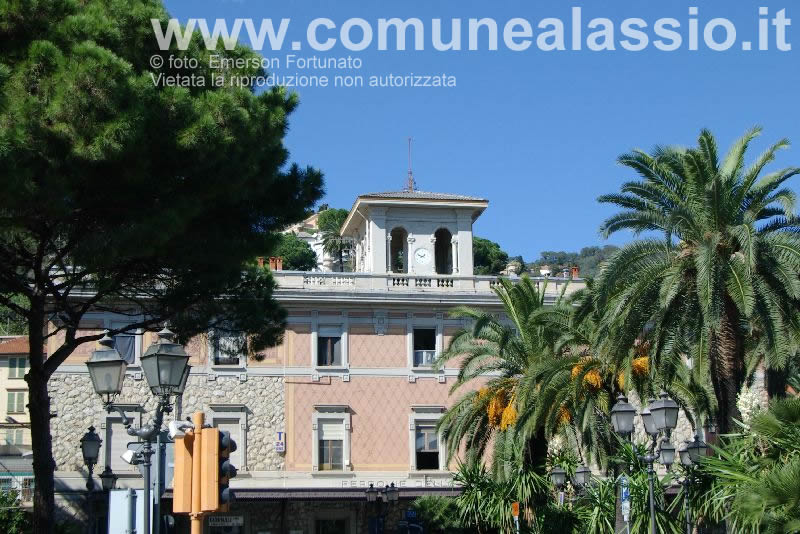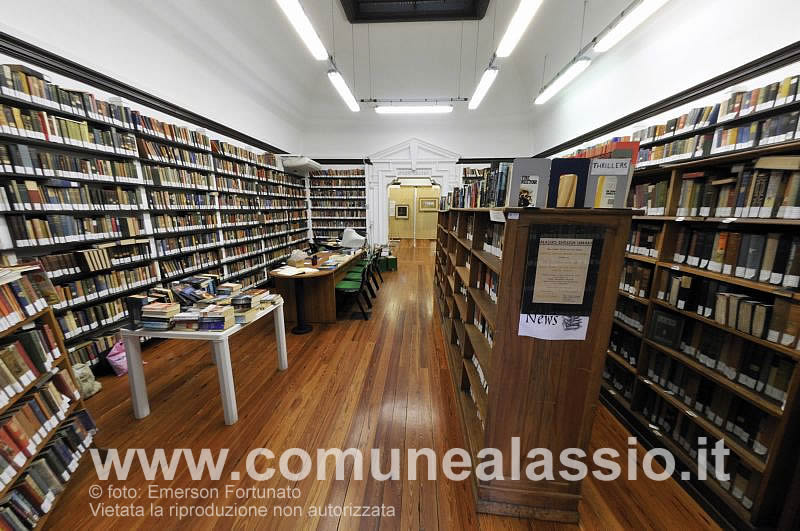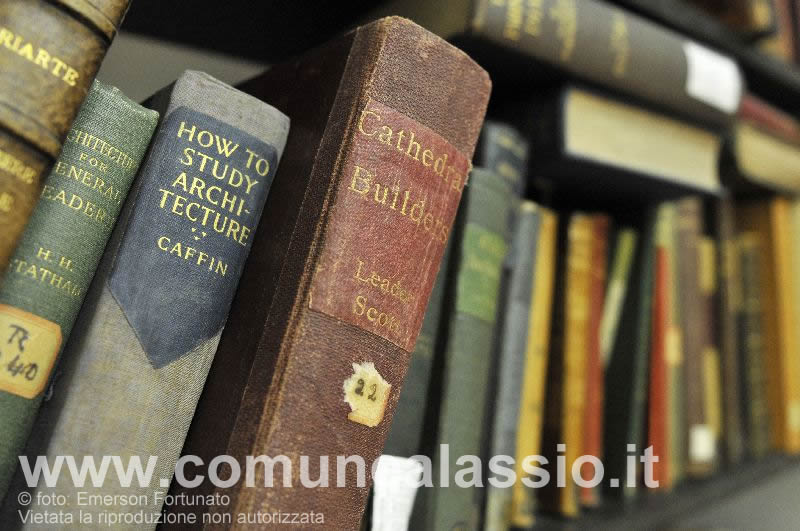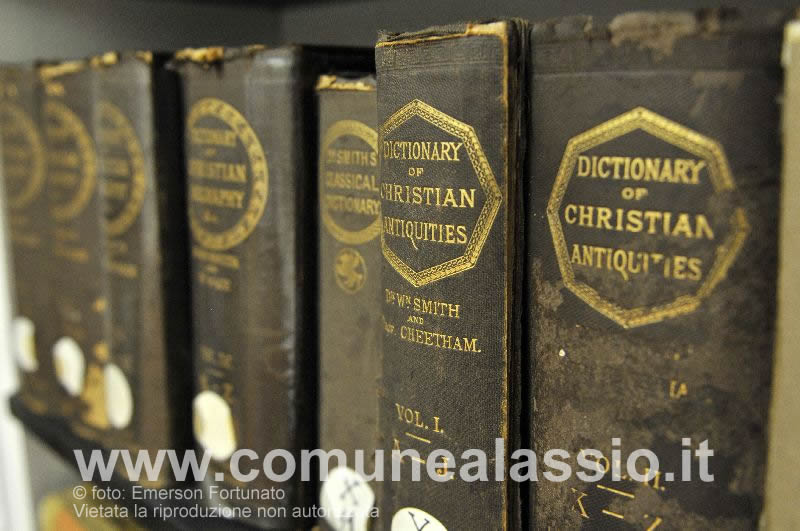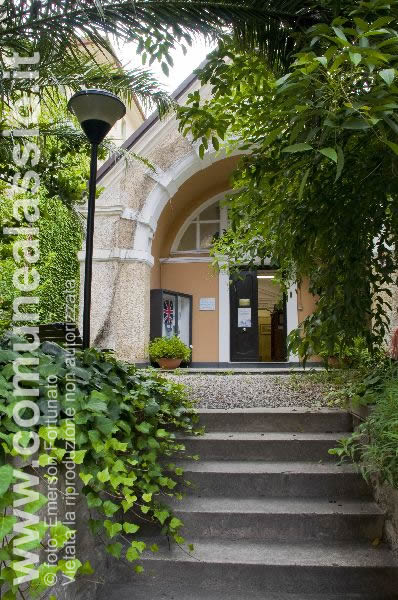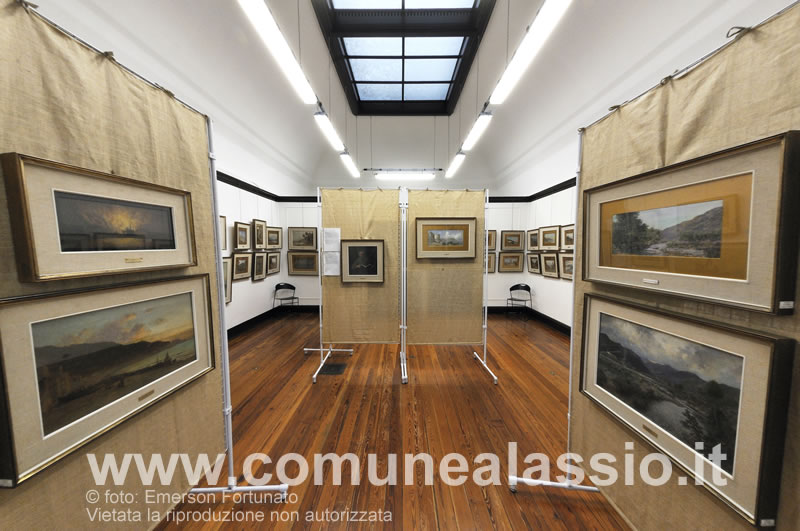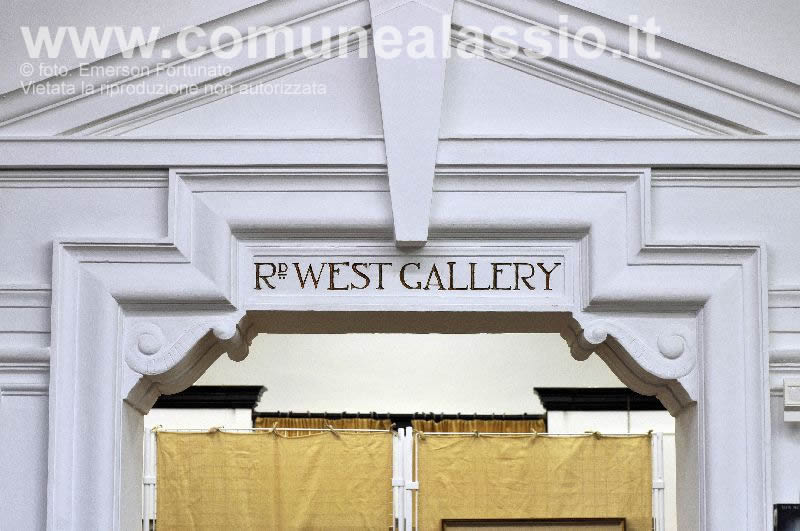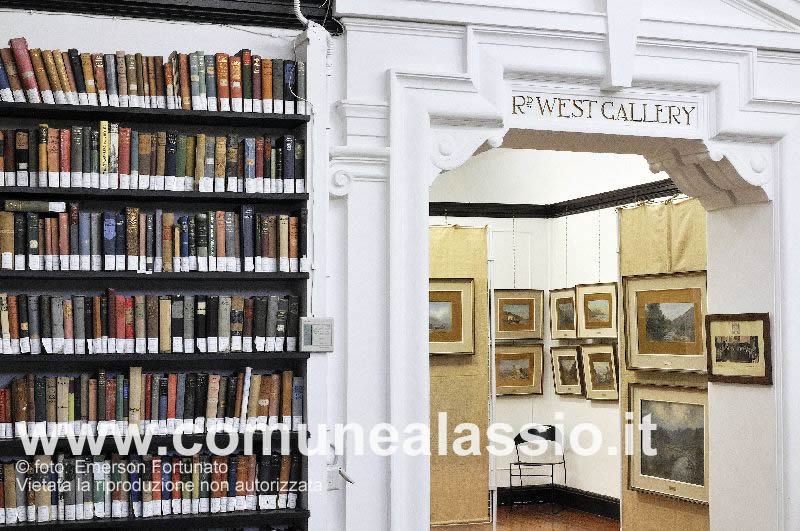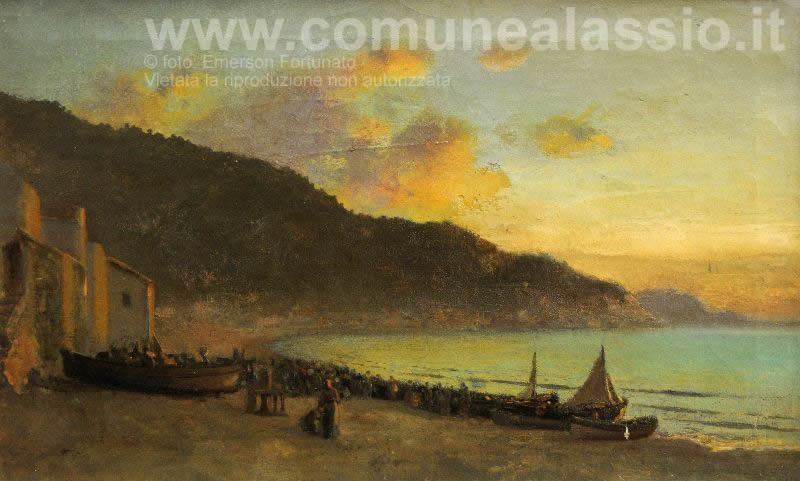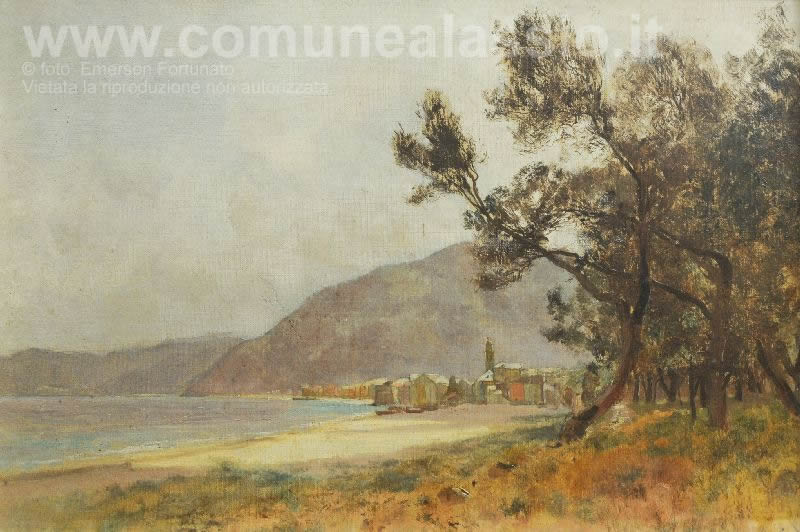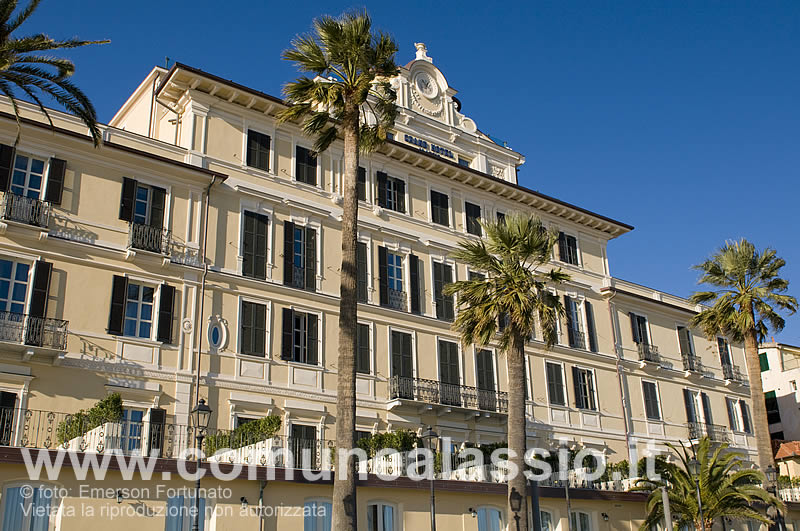The history of the English is almost a fairy tale in Alassio
The history of the English in Alassio is almost a fairy tale. A fairy tale about the arrival of tourism and with it, the wealth and elegance of a humble fishing village, isolated by hills and the sea. The end of this isolation was signalled by the construction of the coastal railway which in 1872 connected London to Genoa.English “conqueror” sir Thomas Hanbury,was amongst the very first people to buy Alassino land. The railway meant that people could get to Baia del Sole comfortably and without the dangers posed by coastal roads full of holes which still hadn’t been tarmacked, and which were narrow and a sheer drop down to the sea.
Gradually, the lowly populated barren and inhospitable lands of the Riviera became a popular destination for the nobility and Queen Victoria’s civil servants.It was a real clash of different cultures, customs and religions. But it was a peaceful encounter of reciprocal enrichment.The English improved their knowledge of the territory and the Alassini helped to transform their city into a welcoming and hospitable seaside town.
This coastal area is rich in rare natural beauty and has a fantastic climate. It captured the interest of the rich, cultured and sophisticated English tourists, who very soon became Anglo Alassino citizen.
Personal herbariums and entire watercolour galleries were constructed, and studies were written about the habits and customs of the Alassini.There was constant entertainment including boat rides, walks in the hills, tennis, bridge, Casinos, theatre, charity fishing events, shopping, and meeting up in the cafès or British Club.
Alassio news was the most read fortnightly newspaper. Until the First World War broke out, there was therefore an abundance of jobs and entertainment geared towards the social life of the English that first arrived here.
With the English bookshop incomplete, the first Anglican reverend, Rev. John Hayes, who was also the first English chaplain in Alassio, put up a large bookcase outside the door of the “Church room” so that the English could leave any books there they didn’t want back with them to Great Britain.
From the Memorial Gallery at the Church of England
Today the Memorial Gallery Richard West holds the biggest English book collection in Italy after the one in Florence with about 15,000 books.
As time passed by, when the English came back after the end of the war, the first cars started to appear. Some English started taking “invigorating swims in the sea”. From here tourism was born as we have come to know is today. The sheep and hens which used to roam freely on the beaches close to the fishing boats, were replaced by hoards of bathers and playing children, the first beach huts and sailing boats which the English would set off in to Gallinara island. Large hotels began to be built such as the Méditerranée, the Grand Hotel or the Hotel Suisse based on the “palaces” of the French Riviera, as well as smaller and very sophisticated hotels.
After the Great War, 2000 English people came back to live in the city, a fully-fledged colony which imported typical produce, habits and customs.
In 1923 Daniel Hanbury founded the “Hanbury Tennis Club” with a historic Club House, opened by the great tennis player Henry Lacoste.
The Anglican church also played a part in this lifestyle, which English followers of different religions, such as Protestants, Quakers and Presbyterians, all went to.
The remaining villas, such as Villa della Pergola, numerous in number and extremely beautiful thanks to their eclectic style copied from the villas of the English aristocracy around Florence, provided many tresures to the Alassini for decades, especially in the form of works of art. 1936 signalled the beginning of the decline of the English presence in Alassio.
The sanctions imposed on Italy by the English government which was against the war in Ethiopia started by Mussolini, broke the initial good relations between the Anglo-Alassini and the fascists. After the war some people did come back, but in 1948 the son of the founding father of the “English colony” in Alassio died, Sir Daniel Hanbury. With him finishes the story of how Alassio became a touristic paradise. But another did begin; a story about the constant economical, touristic and social growth of the city. Today it is rediscovering and appreciating its routes and a past presence of English culture, which is still remembered by many with gratitude.
the HISTORY
particularly:
Daniel Hanbury
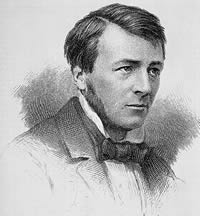
Using its extensive knowledge in the world of botany, joined by his brother Thomas (from 1870 to about 1912) in the selection of samples that make up the Hanbury Botanical Gardens at the University of Genoa.
www.giardinihanbury.com
Hanbury Tennis Club
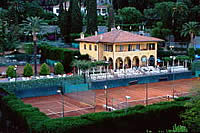
One of the jewels of the Hanbury Tennis Club Alassio, since 1923 one of the most beautiful places in Italy where you can play tennis.
The Skordis, also English, succeeding in '77 Mrs. Hanbury, look after the 12,000 square meters of green with 7 clay courts, a short 10, the club house, restaurant and lodge.
Since '69 the International Veterans Tournament.
www.hanburytennisclub.it
